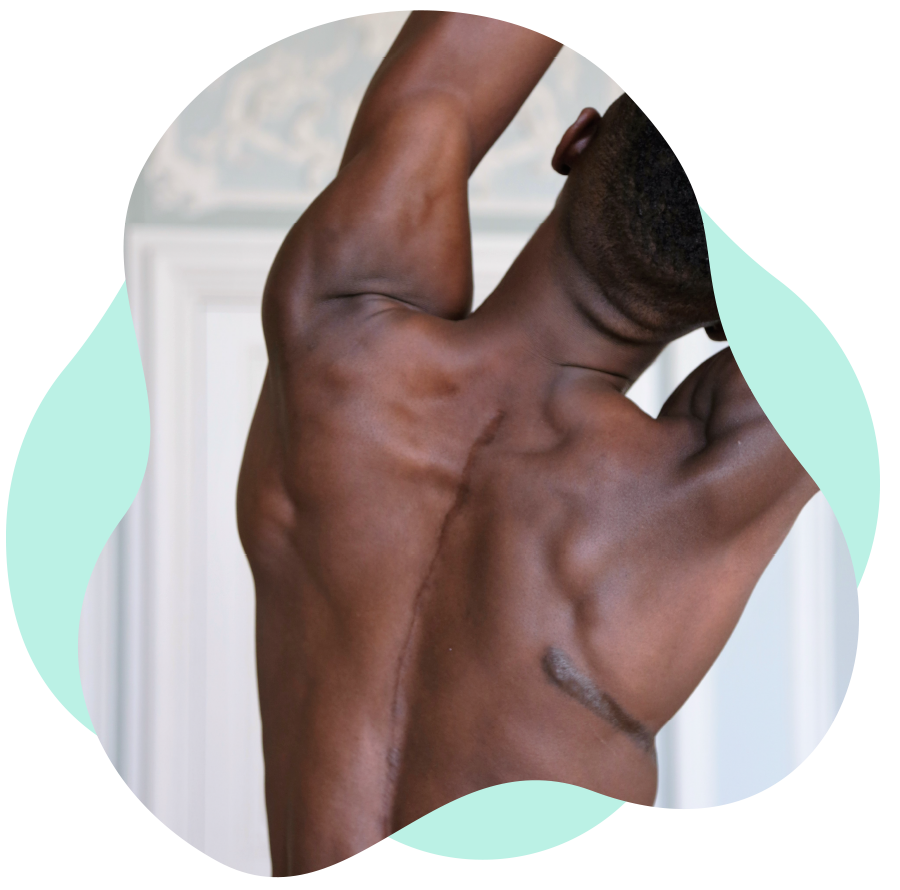What is Vertebral Body Tethering?
We are aware that there is much debate surrounding the new operative technique for some types of scoliosis curves called VBT [vertebral body tethering]. This method of treatment was developed in the USA, where it has only recently become widely practised.
The technique was originally developed for smaller, flexible idiopathic curves in patients who are young enough to still have some growth potential (ie, adolescent pre/peri-menarchal, Risser 0-2, or juvenile patients). The aim of the procedure is to correct scoliosis while still preserving spinal flexibility.
On the 29th June 2022, the National Institute for Health and Care Excellence published their guidance for the use of VBT in the UK. Their guidance says that evidence on the safety of vertebral body tethering for idiopathic scoliosis in children and young people is limited but raises concerns of serious complications. Evidence on its efficacy is inadequate in quality and quantity. Therefore, this procedure should only be used in the context of research.
VBT is a very new procedure that is used for selected cases, typically in younger patients and needs careful assessment and good quality follow-up data. Researchers need to establish that the procedure does indeed achieve safe correction while preserving flexibility and maintenance of the correction in the long term. Thus, at present the situation is that studies confirm traditional correction of the curve procedures with screws and rods are still effective.
SSR’s view is that careful evaluation of the short and the long-term outcome of VBT should be a priority for research, as should the feasibility of expanding the use of the technique to a wider spectrum of children, perhaps at a more advanced developmental stage. Indeed, the recent BSRF/SAUK PSP recommends funding for research.
More information for the public can be obtained from the National Institute for Health and Care Excellence.
If you need help or advice please call our Helpline on 020 8964 1166 or email info@ssr.org.uk.




